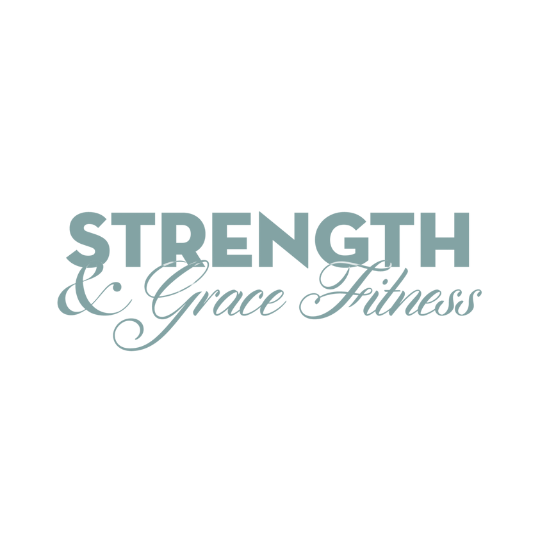It’s that time of year again when we’d all like to wear less clothing as the temperature rises. And for many, despite all the millions of crunches we do in the gym, we don’t have that flat stomach that we’d love to have.
There are two reasons:
- The abs are covered by a layer of fat – which getting rid of that, is all about cardio and nutrition.
- You aren’t training you abdominals properly. In my 20 years of training…I am still amazed at how many times we’ve re-done ab exercises to be “core” training. Good old crunches still work, when done properly.
Anatomy of the Abdominals:
The abdominal muscles are a group of 6 muscles that originate at the ribs and insert on the pelvis. The transversus abdominus muscle is the deepest support layer and wraps horizontally around the mid-section. It is the transverse that is most susceptible to stretching during large weight gain and pregnancy. Since it is the foundation of our core, it is necessary to target using it ALWAYS!!! Most are familiar with working the "transverse" in Pilates, but it is crucial that exercises that target the transverse be incorporated into all abdominal routines. Think of you transverse abdominals as the best SPANX on the planet!
The obliques or "LOVE HANDLES" are scientifically known as the internal and external obliques. These muscles are used to rotate and laterally flex the spine. One myth behind obliques is that they need to be trained separately than the rest of the abdominals. This is not true, they are part of the system! And for many, training these abdominal muscle separately actually causes them to grow, making them appear bigger.
The 6 Pack muscle or rectus abdominus is the muscle that comes to most peoples’ mind when they think of working out their "abs" or seeing their abs. What most people fail to remember is that the abdominals work together as a very efficient muscular system. The abdominals main function is to bend or flex the spine forward. The back muscles (i.e. low back) counterbalance the action of the abs, and are called spinal extensors. What does all this mean? When the abdominals shorten the spine flexes forward, and the back muscles are stretching.
Ideal Abdominal Exercise Basics: Everything else is a "variation" of these necessary basics!
Dead Bug - Lying on back, rotate hips (similar to a hip thrust dance move) to slightly press lower back into the floor and engage the abdominals to hold this position. Arms start directly up from chest. Inhale and lift arms over head and keep abs in same position, as you exhale bring arms back to chest and maintain abdominals. This exercise is key to engaging the transverse. Keep pressing the lower back down, it should not be arching off the floor. A very similar exercise to this with no movement would be the hover (on elbows and toes) where the stomach is pulled in – engaging the transverse abdominals.
- Full sit-up or crunch - engage hips like in the dead bug. In the crunch, place one hand across abdominals to make sure they stay engaged and flat. Then exhaling lift the shoulder blades off the floor and hold in a peak contraction at the top. Inhale and return to the floor. The full sit-up has the same start, rotate hips then contract abdominals and roll up...no jerking or heel lifts, and don’t ever hold the feet down. At top pause, rock hips under and lower one vertebra at a time. Variation - twist to the side in the crunch to target the obliques.
- True Reverse Crunch - holding onto a bench or pole, start with the hips engaged and using the abdominals, contract starting with the base of the pelvis and roll up through the spine, lifting the hips and coming up like you are going over a rod. Knees come up towards the chest into spinal flexion. The slowly lower down. The true reverse crunch flexes the spine from the hips up instead of the ribs to the hips in the crunch.
- Hip Lifts - done either lying on ground or bench. In lying position, legs are straight up. The big difference between the reverse crunch and the hip lift is the hips will lift straight up, which is a contraction of the transverse and isometric of the rectus and obliques, without rocking. Do not bring the legs back, or knees in.
Keep checking our blog for additional articles on how we combine all these exercises together.
